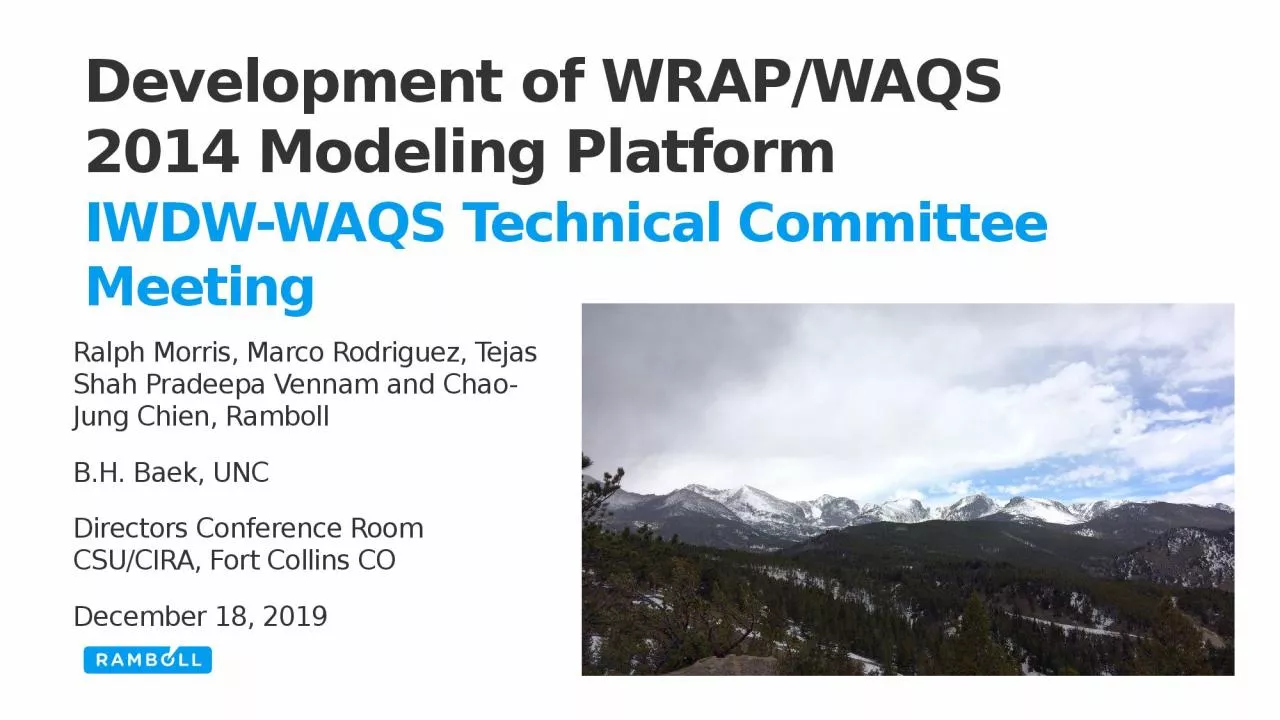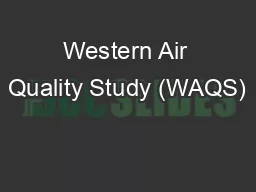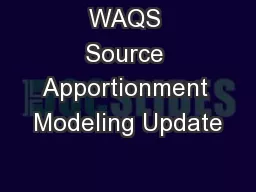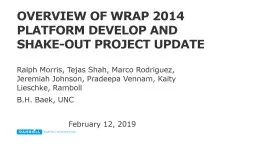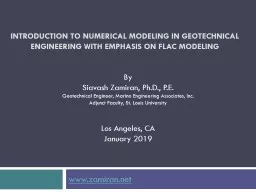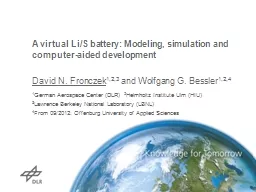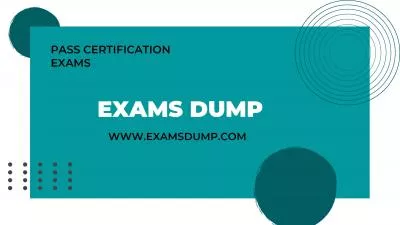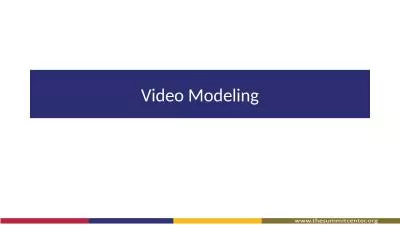PPT-Development of WRAP/WAQS 2014 Modeling Platform
Author : scarlett | Published Date : 2023-12-30
IWDWWAQS Technical Committee Meeting Ralph Morris Marco Rodriguez Tejas Shah Pradeepa Vennam and ChaoJung Chien Ramboll BH Baek UNC Directors Conference Room CSUCIRA
Presentation Embed Code
Download Presentation
Download Presentation The PPT/PDF document "Development of WRAP/WAQS 2014 Modeling P..." is the property of its rightful owner. Permission is granted to download and print the materials on this website for personal, non-commercial use only, and to display it on your personal computer provided you do not modify the materials and that you retain all copyright notices contained in the materials. By downloading content from our website, you accept the terms of this agreement.
Development of WRAP/WAQS 2014 Modeling Platform: Transcript
Download Rules Of Document
"Development of WRAP/WAQS 2014 Modeling Platform"The content belongs to its owner. You may download and print it for personal use, without modification, and keep all copyright notices. By downloading, you agree to these terms.
Related Documents

